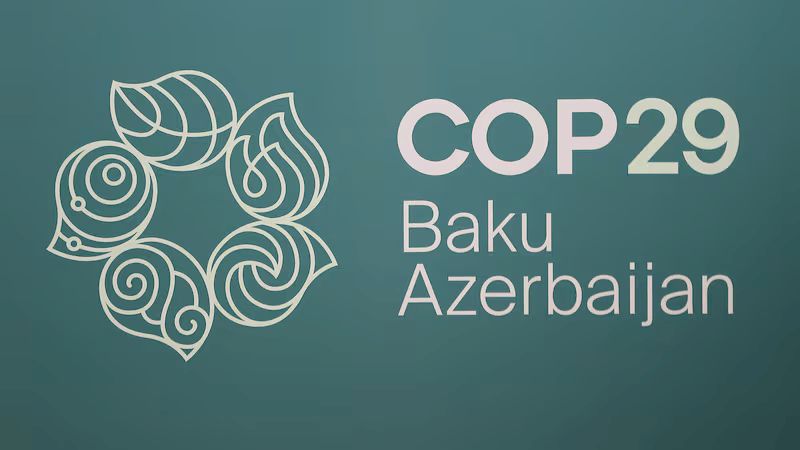
By Elias Ntungwe Ngalame
Raoul Ndongo, 55, a cassava farmer in Meyomessala in the South region of Cameroon is standing at the door of his dilapidated two-room house he shares with his wife and their four young children, brooding about the upsetting experience of dwindling sales of his crop in the last few years caused by bad weather.
Inside the house, the laughter and chatter of the kids is audible enough as they jump up and down together on the one bed they sleep in at night, virtually ignorant of the weighty problems their father was going through. Erratic rains have not only reduced his cassava output but has seriously deteriorated the state of farm- to- market roads in the region making access to the market perilous and significantly downsizing his family income.
“The rains have been so persistent than usual in the last five years making production of cassava crop in our region poor and sales difficult because the roads are impracticable. The cassava gets rot in the ground because of prolonged rains and the harvest is poor. I can no longer raise enough income for my family,’’ he said.
Raoul rummages under a threadbare mattress on his bed, and draws out a well-worn cardboard document, his harvest record of the past years. He pages through it, shaking his head in disappointment. ‘’ I can barely get 4 tones of cassava per harvest unlike before when I used to harvest 15-20 tones, ’’he explained pointing at the records. He blames part of the woes of farmers in the region on governments neglect in road and farming infrastructure.‘’ The roads in the rural areas are so bad and have been neglected by the government. It takes sometimes about 5-6 days for us to get to the city market in Yaounde and this is too costly,” Raoul pointed out as he heaved a sigh of desperation and helplessness.
One of his fears is that the failure by the government to invest in farm-to- market roads and other infrastructure to assist farmers will lead to intergenerational cycle of poverty in the rural areas and this will mean his children and grand children will go through the same journey, toiling in the farms and yet remain poor. He says it’s a haunting reminder of the toll, food crop production will take on Cameroon farmers for years to come.
Meyomessala is in the South region where the current President of the country Paul Biya was born. His sprawling property at Mvogmeka lies some 125 Kilometres from Raoul’s village. But the promise of a better life for Cameroon farmers in general and those of the South region in particular by Paul Biya when he took over power some 33 years ago has not been experienced by Raoul and countless other farmers in this impoverished region.
Cameroon’s economy, the largest in the Central African region is built off the back of agriculture that employs 70% of its workforce and provides 42% of the country’s gross domestic product and 30% of its export revenue according to government statistics. Yet production of food crop has a darker legacy with farmers paying the heavy cost of bad state of farm- to- market roads due to harsh weather and lack of any significant government support.
Gone are the Good old Days
Raoul says he was 21 years old when he started farm work in his village area as one of the many young men who passionately sought their fortune in food crop production and other farming activities. An interest in cassava growing inherited from his father blossomed into a life-long dream for him.‘Food crop production then was encouraging and the harvest was good. So I followed in the food steps of my father,’ he said.
Cameroon’s fertile but remotely located Meyomessala area in the South region is renowned for producing the best quality of food crops ranging from plantains, cassava, cocoyam and a variety of vegetables and fresh tomatoes many farmers attest.‘’ Some of the best cassava, plantains and vegetables in the entire Central African region come from us here in Myomessala,’ says Nkodo Sydonie another food crop farmer in the region.
‘In food crop production, the South generally and the South west regions have no rivals. Food crop traders from Cameroon’s big cities and neighbouring countries flood these regions to buy food items. But the situation today has changed,’ she revealed.
The deteriorating state of the mostly earthen farm-to-market roads due to bad weather has made it difficult for farmers to transport their products to the city market where they could sell at a reasonable price, turning what used to be an exquisite business into a nightmare.
This unusually harsh weather, the farmers attest, is making matters worse and taking a significant bite out of their income. I can no longer afford to buy books for my children in school or provide medication when they are sick for want of enough income,’ Sydonie said.
Despite the wave of optimism that swept across the country when the new government of President Paul Biya in 1983 preached Green Revolution and Communal Liberalism and a new democratic era, over 90% of the farming population in the South region have remained desperately poor agriculture and environment experts say. Today, the effects of climate change have made a bad situation even worse. Prolonged and persistent rains during harvesting season have made it difficult for farmers in the country generally.
‘’With the rains in Cameroon lasting longer than usual, sometimes for over 8 months, farmers find they have to spend more than they can afford to transport their goods to city markets,’ says Bernard Njonga, President of an agriculture non-governmental organization, Citizens’ Association for the Defence of Collective Interests (ACDIC).
Prey for unscrupulous buyers
Adding to their weather-related worries, farmers say they fall prey to unscrupulous buying agents, who in recent years have been taking advantage of their poverty and lack of weighing machines in the villages. “Most of our farmers cannot read or write, much less ascertain the right weight of their food crop at the village point of sale,” Ngome Jonas a plantain and vegetable farmer said.
According to the ministry of trade, which oversees the quality and pricing of food crop in the country, a kilo of plantain in Cameroon is supposed to sell for between 1,180 CFA ($2.25) and 1,250 CFA ($2.40). But desperate farmers in the villages who cannot afford to transport their produce to the city markets are often forced to accept significantly less from middle men who buy directly from their farms.
“I sold 20 bunches of plantain that could weigh about 262 kg last year at 161,000 CFA ($250) and was told the plantain will get ripe in the next two or three days,” said Ngome Jonas. “I had no choice but to accept because I needed money to send my children to school.”
Much harvesting of food crops by farmers is done in late September, just as schools reopen for the academic year.
Lack of conservation infrastructure
But Raoul and a tiny minority producing cassava and cocoyam which can be conserved locally for a few days are even lucky. A majority of the farmers producing very perishable crops face huge post harvest loss for want of conservation facilities. Looking weary and sick Mama Julie Ngong, 52 watched helplessly as her six basket of tomatoes rot after failure to get them transported to the market, a week after harvest.
Mama Julie’s eyes appeared oversized for her sunken temples. The rainy cold air had done damage to her voice and every word she said was accompanied by a gush of air and a faint wheezing sound, indicative of someone suffering from desperation, stress and poverty.
“’My six baskets of tomatoes have been damaged because the vehicle transporting them to the market got stuck in mud on the way for over four days. All my efforts in the farm have been in vain’’ she laments in tears.
Stories like this about the poor state of farmers repeat themselves from one village to another in the country and expose the complex problem of lack of adequate infrastructure to fight the effects of climate change and help change the narrative ofa dismal agriculture production in Cameroon.
Environment experts say most perishable crops like tomatoes, green beans, assorted vegetable do very well during the rainy season. Unfortunately they get bad quickly if not well preserved.
“Farmers are faced with serious transportation difficulties during the rainy season and so need modern preservation infrastructure. Traditional barns used by some local farmers for preservation are exposed to pest and moisture, aggravating post harvest loss” says Charlie Ntonifor, project manager of the Centre for Environmentand Rural Transformation, CERUT, a non-governmental organisation in Limbe.
In many parts of Africa experts say, there is little or no post-harvest processing and preservation, with bad weather destroying a fourth of crops grown on a continent plagued by food insecurity and malnutrition especially in the Sahel regions.
While more than a quarter of its people go on an empty stomach, Africa is losing food that can feed 48 million people daily for one year, the World Bank and the Food and Agricultural Organization (FAO) estimated in a joint report in 2011. The loss amounts to about 25 to 40% of the food produced on the continent.
Taking grain alone, both organizations estimated that the continent’s annual post-harvest loss is about $4 billion in monetary terms, “roughly equivalent to the value of annual cereal import to the region during the same period.”
A glimmer of hope There is however a glimmer of hope according to a 2012 World Bank Report. According to the report, the African Development Bank will spend over $5 bn in the next three years in Africa with over 60% going to infrastructure (mainly roads, energy and water). The World Bank has also committed more than $7 bn in Sub-Saharan Africa (with almost $1.5 bn in roads) within the same period.
Aid to Africa is planned to double in the near future the report say, with investments in infrastructure to assist food crop production likely to take the bulk of it. Among infrastructure, roads are considered of first interest to reduce poverty due to the widely accepted consensus that transport infrastructure has a significant, positive and substantial impact on economic growth and poverty reduction as it enhances the connectivity of isolated and remote areas.










